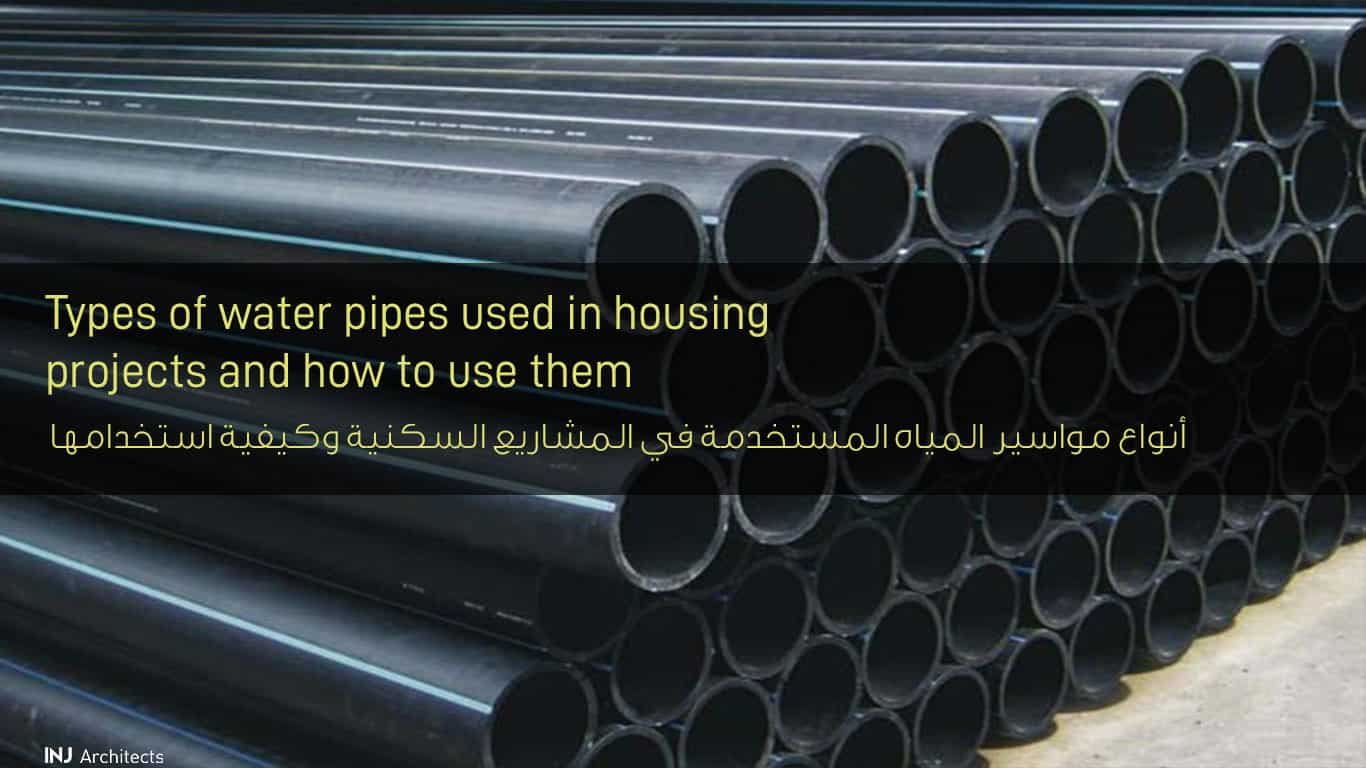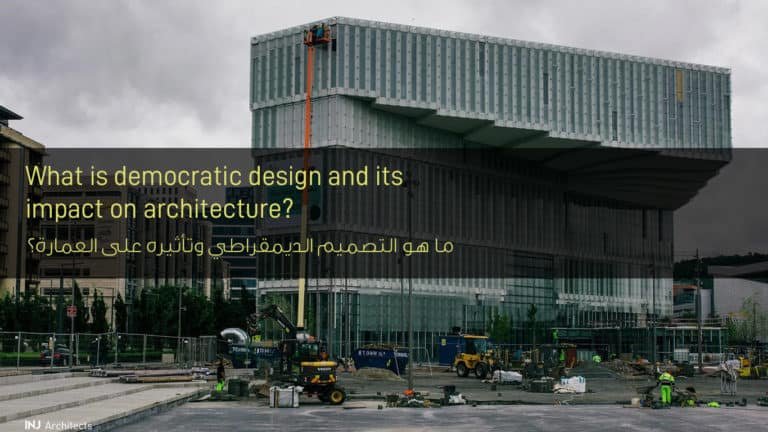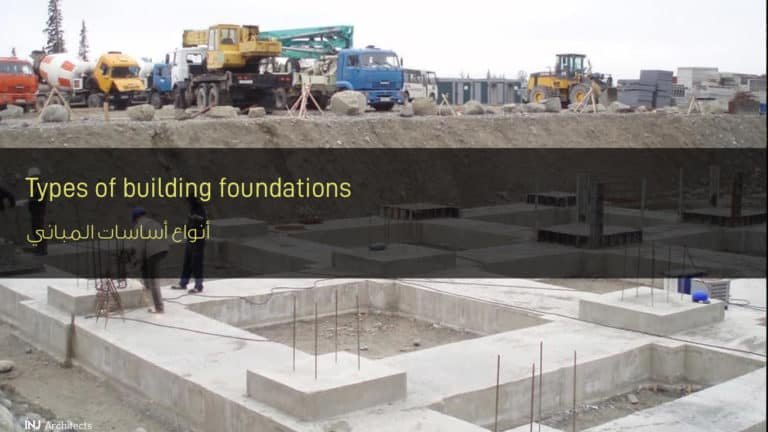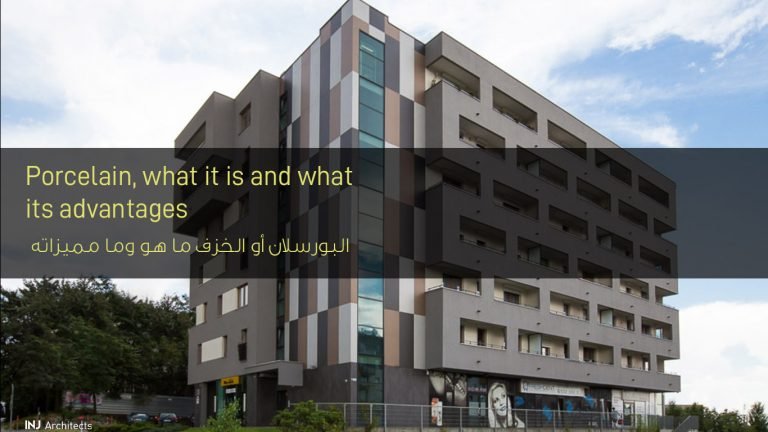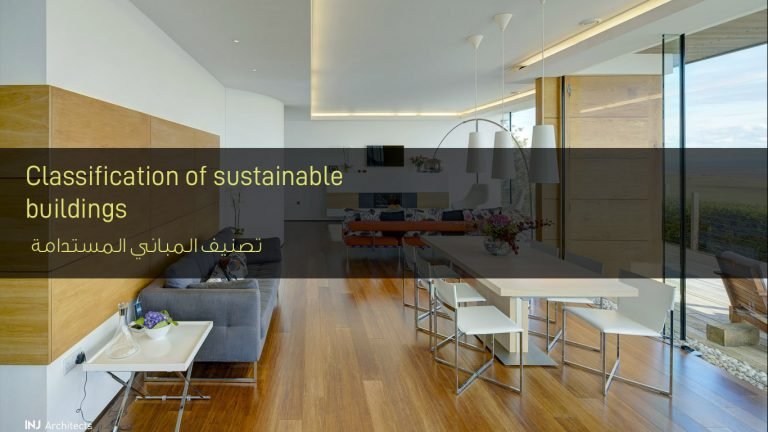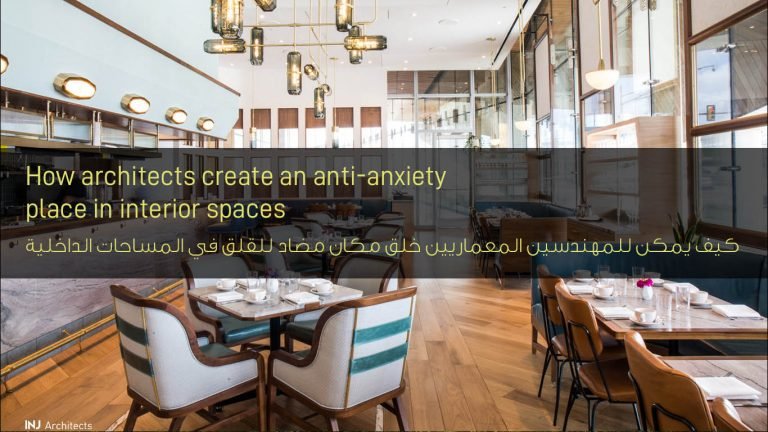Types of water pipes used in housing projects and how to use them
Types of water pipes used in residential projects, how to use them, methods of installing them, and the characteristics of each type
When we turn to hearing the word water pipes, we are all enthusiastic in this respect, because of its many uses inside apartments, buildings, villas, etc. We rarely find those who do not use water pipes, but there is no doubt that it is indispensable to supply all homes, projects Residential water. What are the types of water pipes and how do we use them?
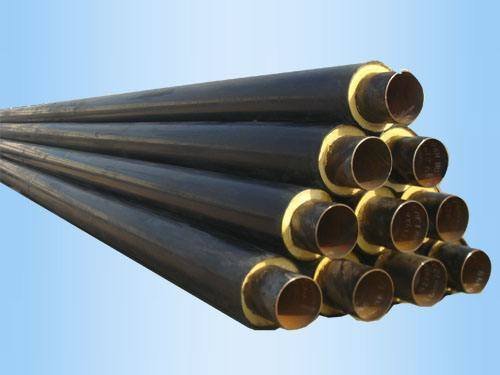
Uses of water pipes:
All of us can now recognize the use of water pipes, because they are the most important in our lives, and our uses, so today we will show you some of the uses of water pipes
- Water pipes are used in sewage networks.
- Used with irrigation network.
- With the lines that transport oil and gas.
- It is used in collecting networks for rain drainage and torrential rain.
- Used in laying telephone lines and extending electricity.
The most important types of pipes used in residential projects:

Many of us hope to get an excellent water pipe to spend a longer life and do not perish so easily, so we came to help you choose the best and most important types of international water pipes of high quality:
Pottery tubes:
This type of water pipe is the best of the kind that holds sewage water, and it is used in regression lines for all sewage works only, and it tolerates extreme water pressure, and its diameters reach from 5 to 50, and it is made of pottery with little pore Adherence to its metal metallic resonance particles, and its most important and best properties are the following:
- It is characterized by a long life span of tens of years.
- It is characterized by its excellent resistance to acids and gases generated from wastewater, as it works to resist aggressive soil from the outside; therefore it does not need internal or external insulation.
- Its price is not exorbitant.
- It is easy to install and maintain.
Regular and reinforced concrete pipes:
Water pipes have a large role, but their types differ from time to time, as are their prices, quality, and raw materials. This type of pipes is regular and armed concrete pipes that are created within the Arab countries, and sulfur-resistant cement is used in it, and it works with flexible connections, and it works in The regression lines for wastewater, in addition to drinking water lines, are made by means of pressure or expulsion, and pipes with a diameter of less than 5 inches are difficult to arm, and they have advantages, they also have defects, and now we know together their defects, and their advantages:
Its advantages:
- Its price is less than metallic pipes.
- These pipes are produced locally.
- Cement welds can stick to more than clay pipes.
Disadvantages of concrete pipes:
– Do not tolerate the reaction of sewage gases, and are afraid of corrosion, if they are not filled with sewage.
Heavier than clay, cast, or steel pipes.
Lack of quality in making them in small factories.
– It is not easy to find out the defects of a concrete pipe, without performing special tests.
Pipes, fiberglass PVC, and the most important characteristics:
- Its weight is light.You do not need internal or external insulation.
- And its connections are flexible.
- A great shelf life that lasts tens of years.
- Great ease of installation.
- Used for drainage network and feeding network.
- Their prices are very expensive.
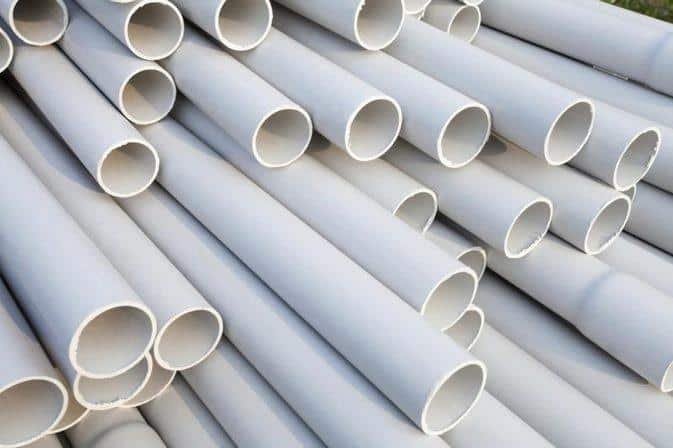
Iron Pipes:
It is distinguished from other types of water pipes with a very long life, as there is a line of cast iron pipes in France, which is still working, and flower pipes are made by casting the cast iron in vertical molds so that the pipe head is up, its tail is down, and after casting it cuts part of its upper end.
Also browse: how to install and extend Wi-Fi at home and projects
Among the most important advantages:
- Their prices are acceptable.
- No internal or external insulation required.
- Ease of installation.
- It can be used for parcel lines and slope networks.
- Live a long life.
Defects of the piping:
- Easy to break, and requires great care in transportation and installation.
- Its weight is heavy.
- Produced in Egypt in small diameters of 300 mm.

